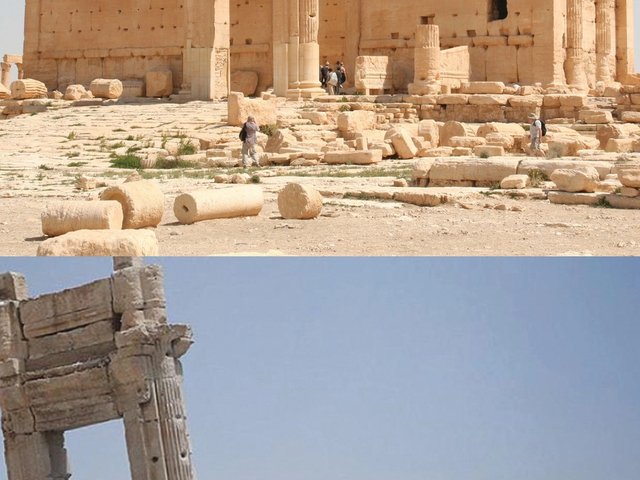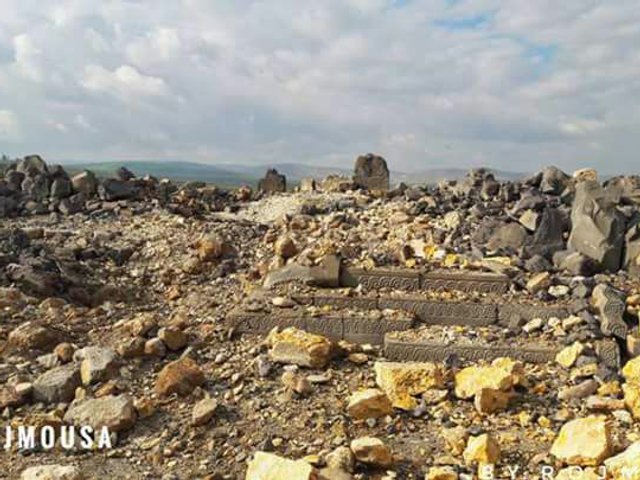Archaeological excavations in Syria continue to confirm the importance of this part of the Middle East in the long march of civilisation. Meeting point (and point of friction) between the great powers of Mesopotamia, Anatolia and Egypt, and a vital crossroads of trade routes, the influx of diverse cultural elements gave rise to strongly original art forms.
A recent discovery is the temple of Ain Dara, a few kilometres from Aleppo, now being excavated by the department responsible for antiquities based in Damascus.
An undocumented city flourished here, on the banks of the Afrin river, at the beginning of the first millennium BC. This at a time when the Aramaic tribes were spilling over into Syria and Mesopotamia, founding independent principalities.
The great Hittite empire had been destroyed by the so-called Peoples of the Sea in part of a tumultuous movement of population which finds echoes in the records and literature of the entire ancient world, from Egyptian documents to the epics of Homer. Meanwhile, Assyria was drawing in its horns, before the renewed expansion of the neo-Assyrian kingdom.
This gave Israel, like other peoples in the region, the opportunity to organise itself: Saul defeated the Philistines and became the first king of Israel, to be followed by David and then Solomon.
The temple recently discovered at Ain Dara fits neatly into this picture. The first point of interest is its remarkable similarity to the temple commissioned by Solomon at Jerusalem in the tenth century BC, described in detail in the First Book of Kings.
It is similar in structure, consisting of three main areas: porch, outer sanctuary and inner sanctuary, which was the typical form of Syrian temples of that period, itself derived from earlier models.
Only at Ain Dara, however, is there a surrounding gallery, decorated with colossal sculptures of undisputable Hittite inspiration. It was this feature which suggested the parallel with Solomon’s temple: recorded in the Book of Kings as having a triple arcade around the central structure.
It is a reasonable assumption that the elements from other parts of the ancient world incorporated into its architecture and decoration were the work of the Phoenician artisans on whose services Solomon had called – an example of the process of cross-fertilisation so prevalent in cultural history.
Originally appeared in The Art Newspaper as 'Excavating a new temple of Solomon despite the war'



